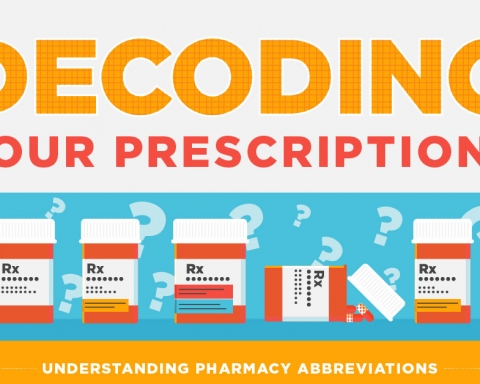The pharmacophore describes the features of the molecule that interact with the target protein or receptor; a change in this portion of the molecule will alter biological activity. The pharmacophore and the target must have physicochemical and stereochemical complementarity.
Once the pharmacophore is established, several analogs are synthesized. An analog is a compound with the same or similar pharmacophore as the lead, but with differences in other parts of the molecule. If analogs differ in structure by a simple and constant increase in one part of the molecule (such as the length of an alkyl chain), they are part of a homologous series. The objective of making analogs is to retain pharmacological activity but to minimize or eliminate unwanted properties. Analogs are then tested in the laboratory to select the compound that will proceed to animal testing and ultimately into human clinical trials. [Source: Authentic book, available upon request]







